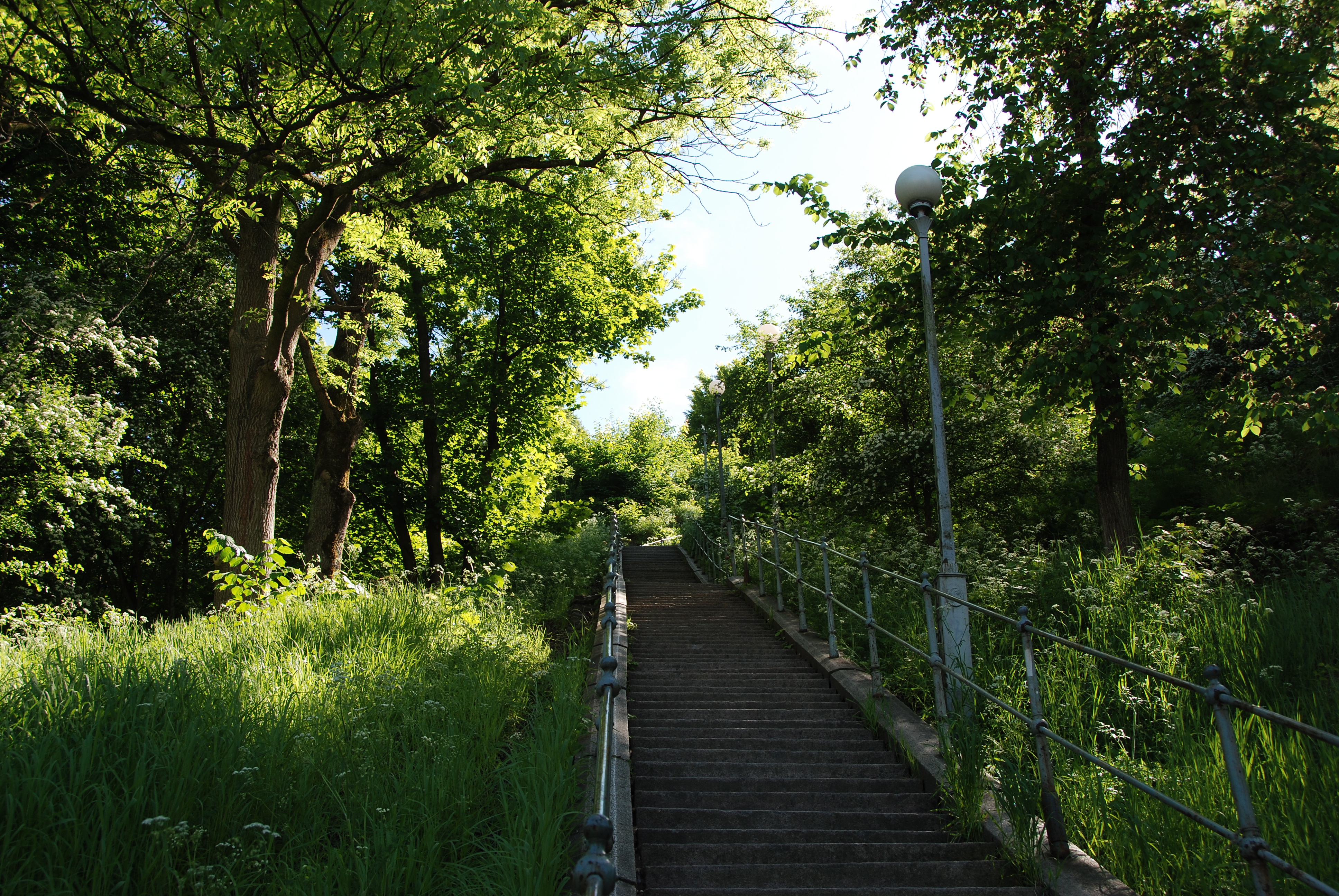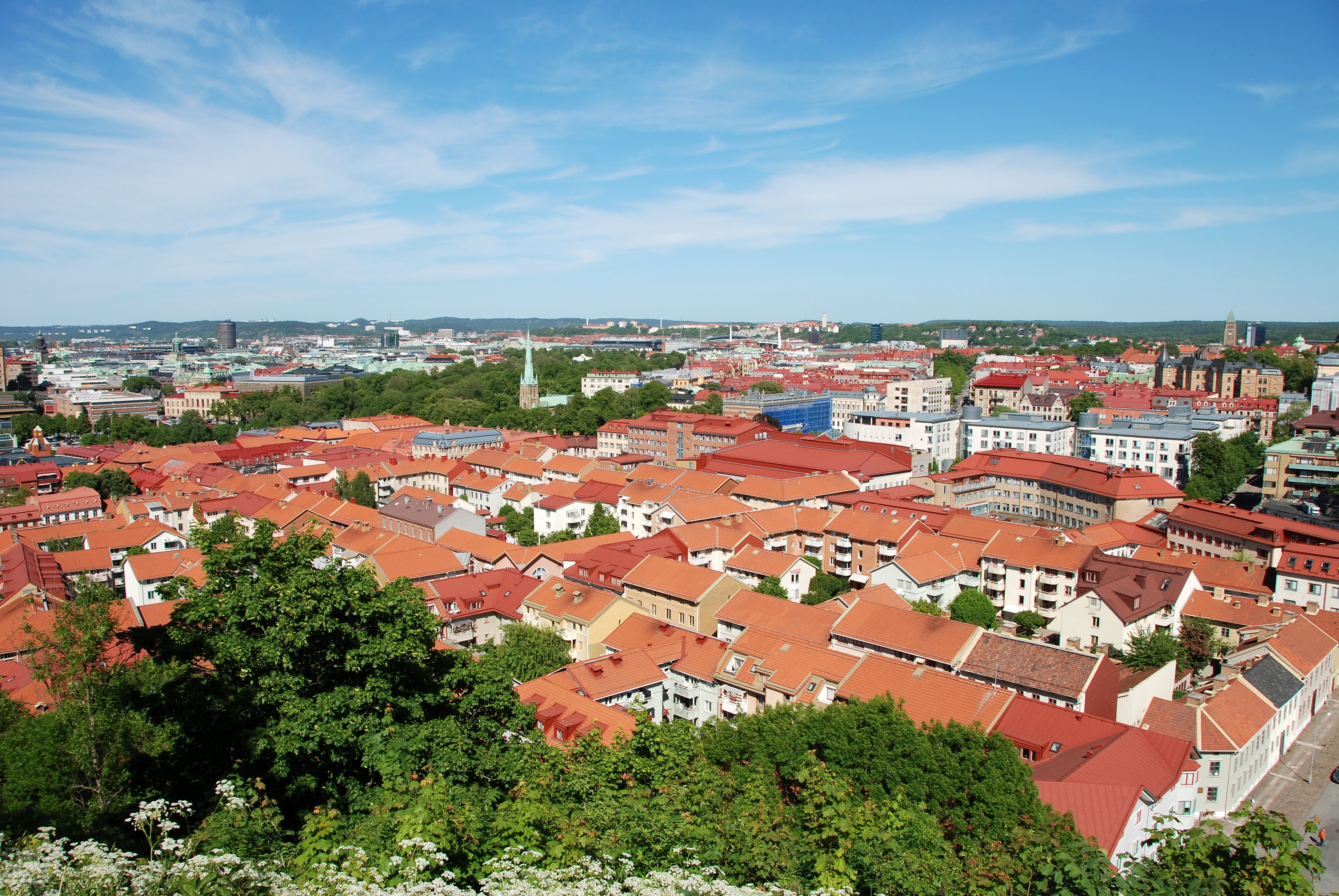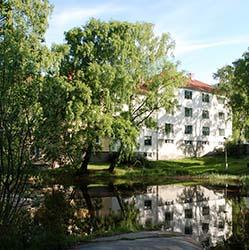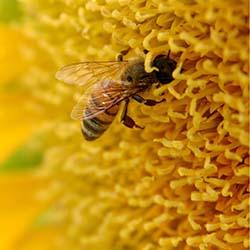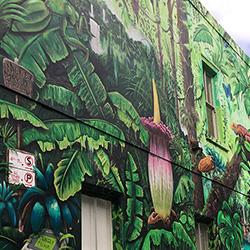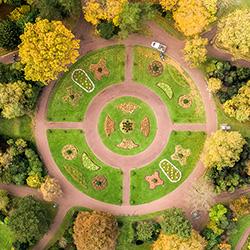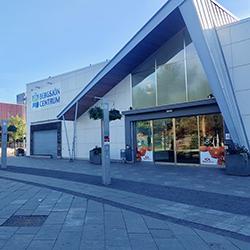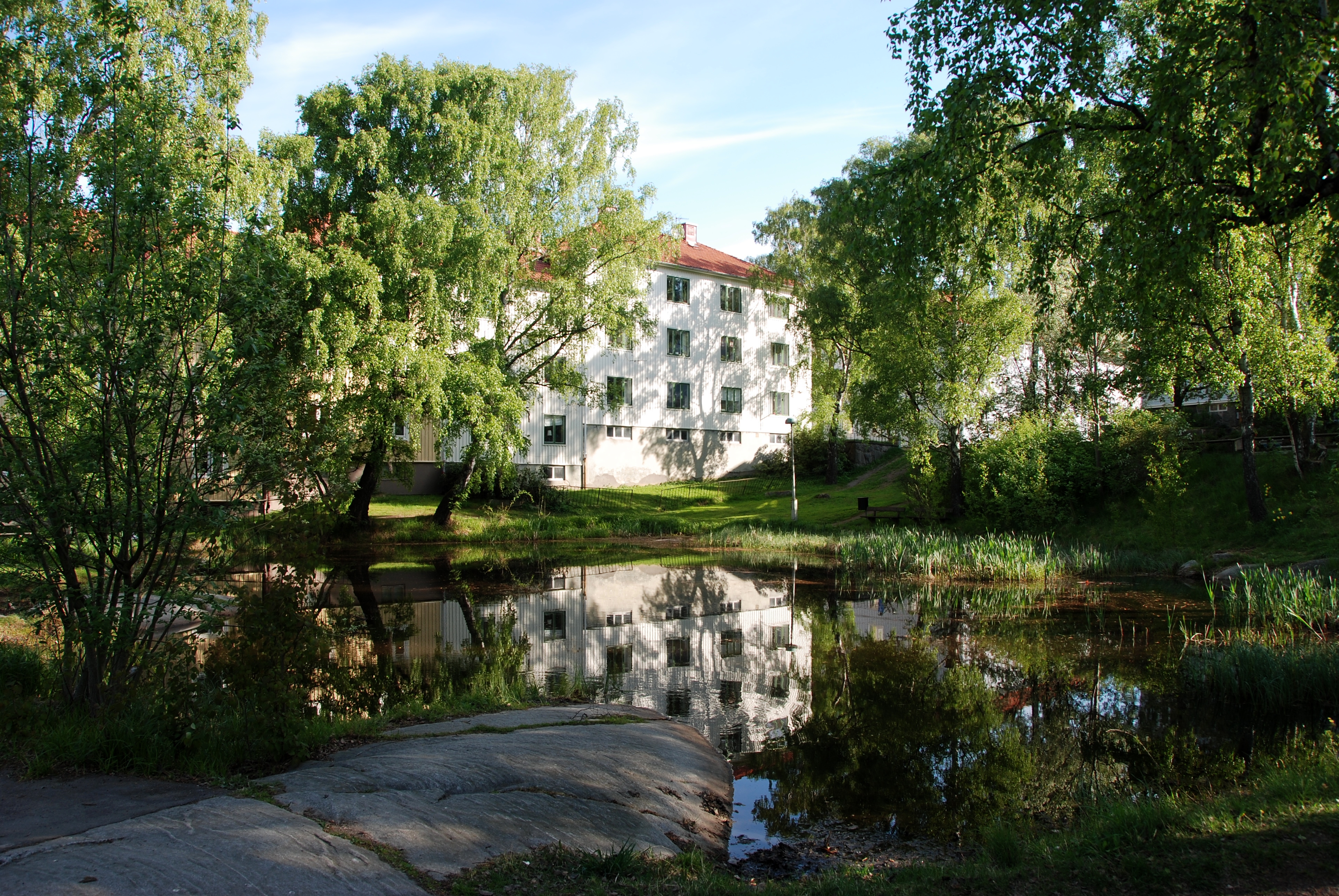
Valuation of ecosystem services provided by urban greenery
Urbanization and densification of Swedish cities during the last decades has led to a decrease of greenery in our cities. Despite the importance of greenery for a good, environmentally sustainable urban living, it may easily draw the short straw when cities are densified or transportation infrastructure is rebuilt. The project therefore studied the spatial distribution of urban greenery in Gothenburg and highlighted its value and ability to provide vital services in the city.
Integrating urban greenery into urban planning
Methods that make it possible to efficiently integrate urban greenery into urban planning and risk management was developed within this project. The aim was to develop a method that will identify and provide an integrated assessment of ecosystem services provided by urban greenery. Strategies for how greenery can be used to promote sustainable urban development was also be developed
Quality of ecosystem services
The methods and strategies was developed through assessing and evaluating the current quality of a number of ecosystem services provided by urban greenery, their development potential and examining how the ecosystem services interact. The ecosystems services that was studied are: biodiversity, noise reduction, air soil and water management, climate regulation, recreation and well-being.
Urban greenery in Gothenburg
Seven green spaces in Gothenburg, Sweden was used as case studies. Examples of green spaces include vegetation along rivers and roads, parks, gardens, and urban woodland. Read more about the case study areas here (in Swedish). Gothenburg is interesting due to its pressure to densify the city and its vulnerability to climate change (floods, heavy rains, landslides and heat waves). The methods used include spatial data analysis, field measurements, modeling, questionnaires, expert judgments and multi-criteria analysis (synthesis).
Results
The results of the research project as a whole support previous studies that have shown that urban greenery is very important and constitutes a basis for the city's ecosystem services. An important conclusion from the project is that the city's informal greenery is important, not least for recreation. Further down on this site you will find the scientific articles and reports published by the research project.
The project has also produced a handbook on how to value ecosystem service, available here in Swedish.
Read the story of What Came next - Handbook shows how greenery creates sustainable cities
